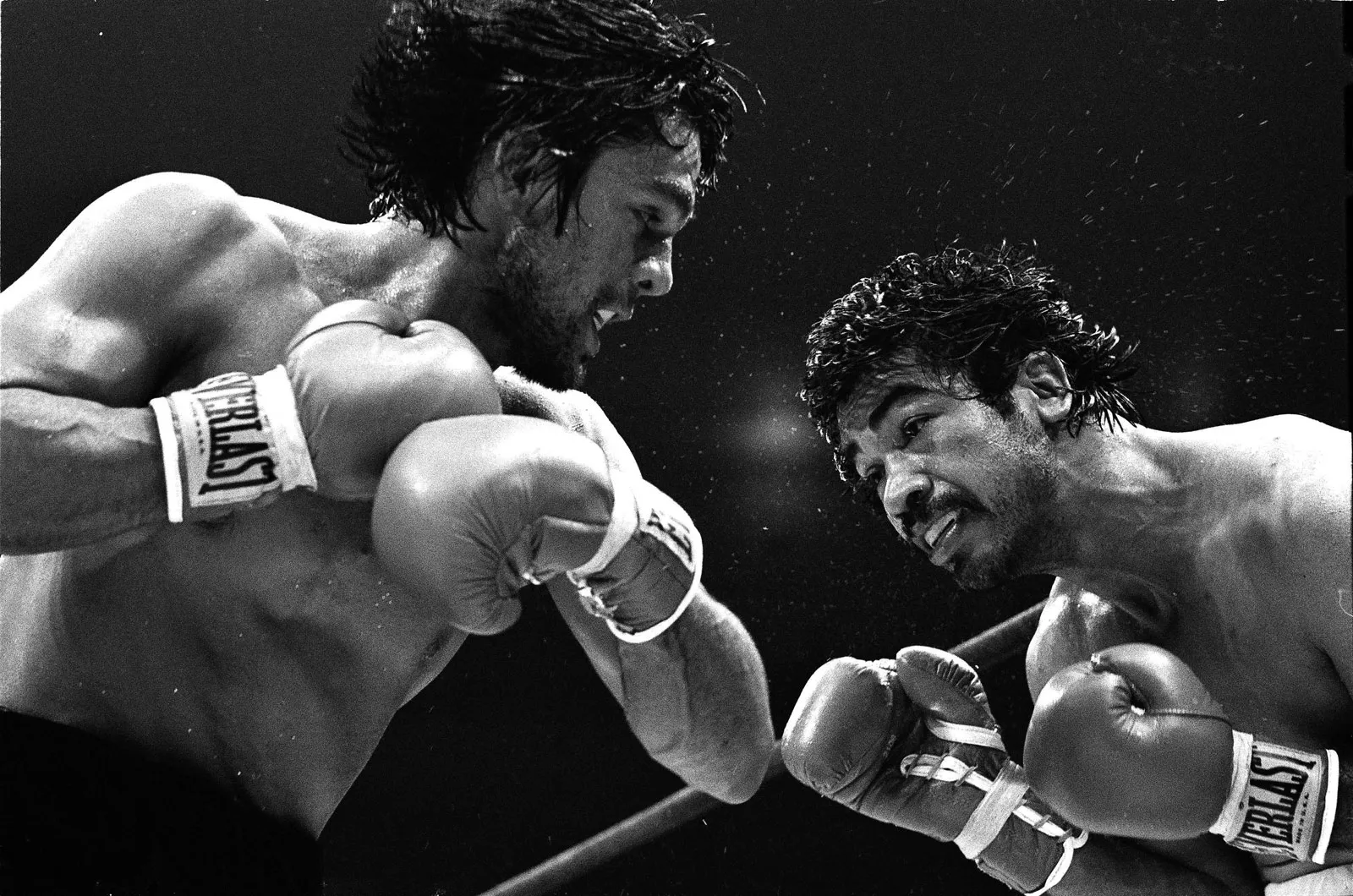This week, week nine, our class is going to be looking at the topic of gender roles and gender inequalities in sports. We will be looking at how gender was used as a way to discriminate and important women who fought to break those traditions. The reading that my group, group A, had was a chapter titled “Gender on the Golf Course” from the book “Privilege at the Play: Class, Race, Gender, and Golf in Mexico” by Hugo Ceron-Anaya. The chapter we read focused on hegemonic masculinity and how it was a huge reason why women golfers were seen as and put in a subordinate position under male golfers. I had never heard of hegemonic masculinity before and I looked it up and it is defined as “a practice that legitimizes men’s dominant position in society and justifies the subordination of the common male population and women, and other marginalized ways of being a man.”
Throughout this chapter it looks at how women did have a higher status in golf clubs due mainly to their class and race. The chapter looks at how class differences were very evident in golf clubs. There was not much middle ground. There were the golfers/members of the clubs and then the workers. Race also factored into these levels. Class differences gave women a huge advantage over workers as they were seen as superior. However, that advantage did not exist when women interacted with male club members. Women then became subordinate. One way it was made evident was during the scheduling time slots for tee times. They were seen as less talented and an example of this discrimination is even seen today on golf courses with women’s tee boxes separate and closer to the hole than men’s tee boxes. The chapter discussed how women then knew their talent would be their strongest weapon to break this barrier. Women like Lorena Ochoa who challenged the gender barrier had great success in their game and brought more encouragement to women to pick up golf.
The quote that I think looks at the main point of this chapter is “However, the class and racial elements that granted women an advantaged position in society disappeared when they interacted with fellow men inside the club. In these cases, a class-based form of hegemonic masculinity relegated women to a second-class position.” I feel this quote really looks at the heart of the issue and constant struggle discussed throughout the reading.
